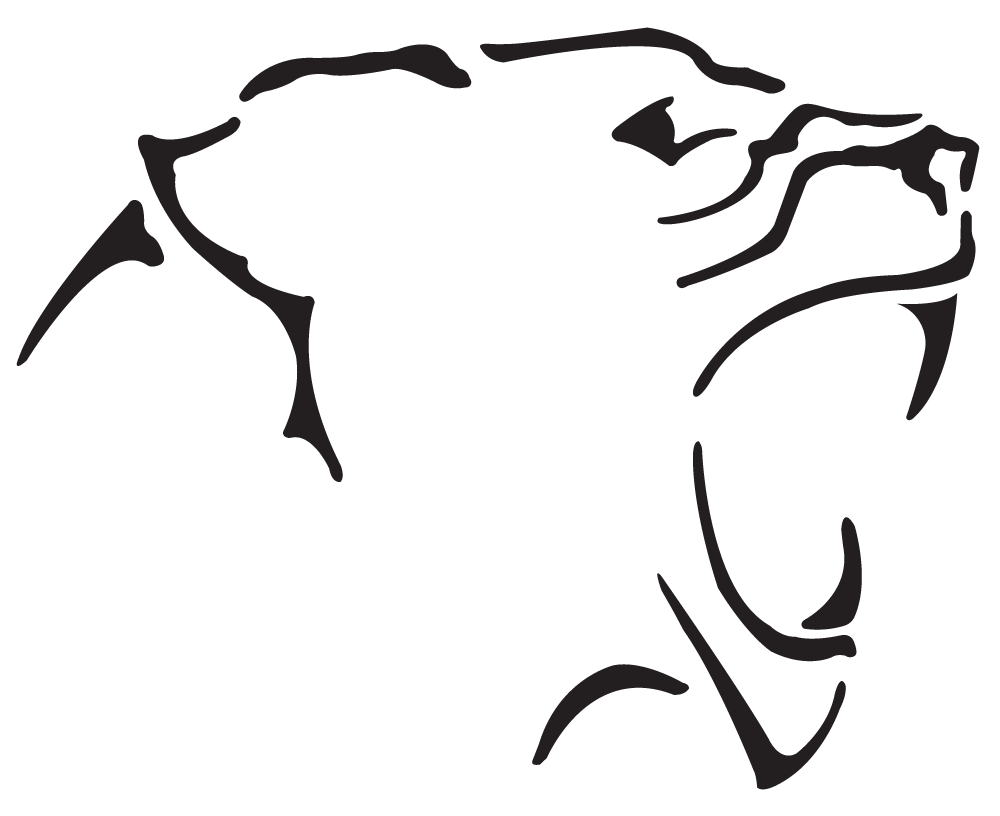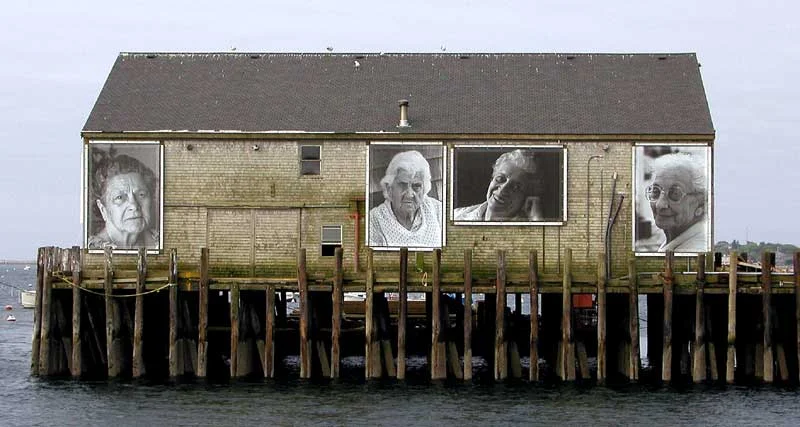Why “Herstories”?
By Rebecca Tolkoff
As my ferry from Boston approached MacMillian Pier in Provincetown this past August, four larger-than-life photos of elderly women’s faces caught my eye and fully grabbed my attention. Eva Silva, Mary Jason, Bea Cabral and Frances Raymond were subjects of an installation entitled, “They Also Faced the Sea.” These Portuguese women sustained the fishing community of Provincetown in the 1900’s while their husbands were at sea. How often do we see elderly women portrayed as strong and beautiful creatures in American culture? I felt emotional and proud looking at the wise faces who greet thousands of visitors to this accepting and vibrant Cape Cod township. They reminded me of my grandmother’s face, and, for a moment, I pictured the image of her face on a huge canvas. I know there are many other strong women whose stories I have yet to hear and whose faces I have yet to see. I hope to one day have a beautifully wrinkled, wise female face of my own and would like to feel proud of it.
The stories we need to tell about women in our past are not new. They exist already but are less visible in our culture. What is novel is that our society is finally beginning to see the importance of elevating the lives and achievements of women from the past. We recognize their strength and resilience within the context of their time. For example, my cousin, Rabbi Marcia Shire, enriches our ritual Jewish celebrations with untold stories of women from the Torah. Who else has an orange on their Seder plate [traditional centerpiece of a Passover table]? A man once told Professor Susannah Heschel that, “a woman belongs on the bimah [in a leadership position in the congregation or reading from the Torah] as much as an orange belongs on the Seder plate.” As modern American women, we may have thought we achieved equality, but we are just beginning to unfold the layers of what that means. As a Jewish-American woman, it means there is an orange on my Seder plate.
Thanks to brave and athletic women before us and Title IX, the women’s sports arena is thriving and growing in size and strength. I ran a road race this past Labor Day with a 58% percent female participation rate. Women are pushing physical and social boundaries daily: “strong is the new skinny,” #equalpay, self-love as a meaningful concept, and science that supports female athletic training. Data even suggests that our physiology makes us better suited to endurance athletics than males. Athletic clothing brands employ real-life models — no longer ignoring older women — and represent a fuller range of female body types and fitness levels. We have space to thrive in, and we are continually peeling off the layers of inequality. Today elite female athletes are common to us: Simone Biles, Serena and Venus Williams, Joan Benoit Samuelson, Aly Raisman, Kara Goucher, Alex Morgan, Lindsay Vonn, Chloe Kim, Danica Patrick…so many more. Do we really know the stories of the brave athletes from the time of our mothers, grandmothers, great grandmothers? A time long before Title IX?
We devote this section of the www.TrainYourRoar.com webpage to elevating the lost, the untold, the quiet stories of female athletes. Check here each month for new “herstories.” If you have a story that you want to share or have us write about, please reach out to Rebecca@RoarTrainingLLC.com.

